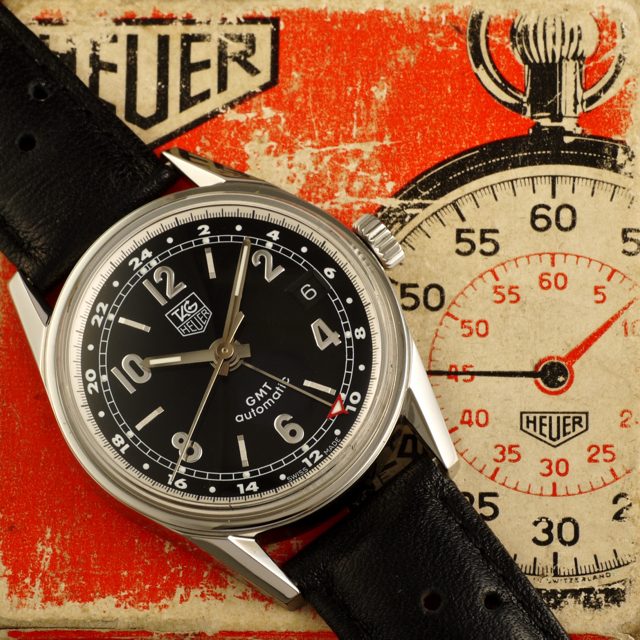
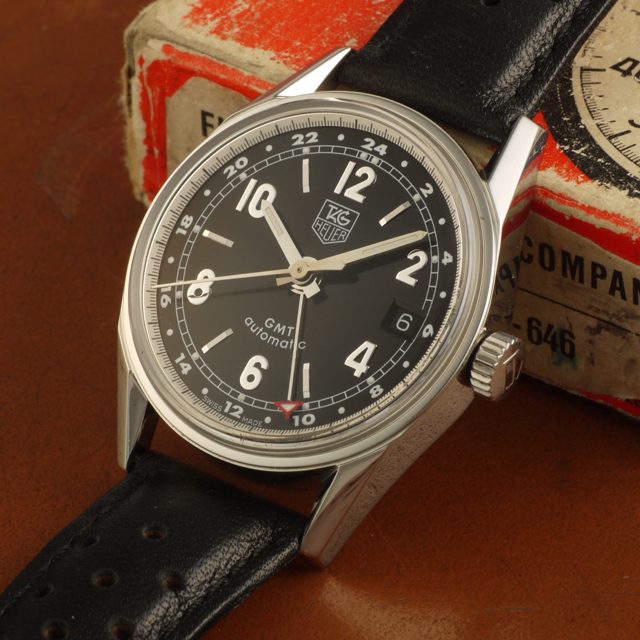
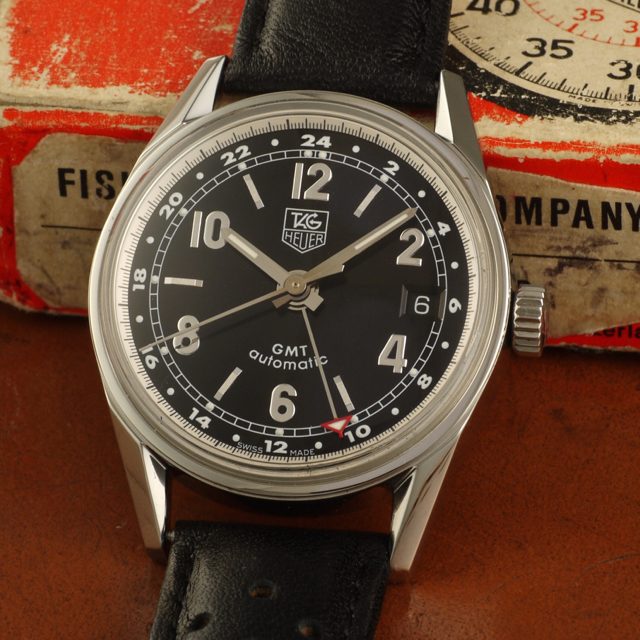
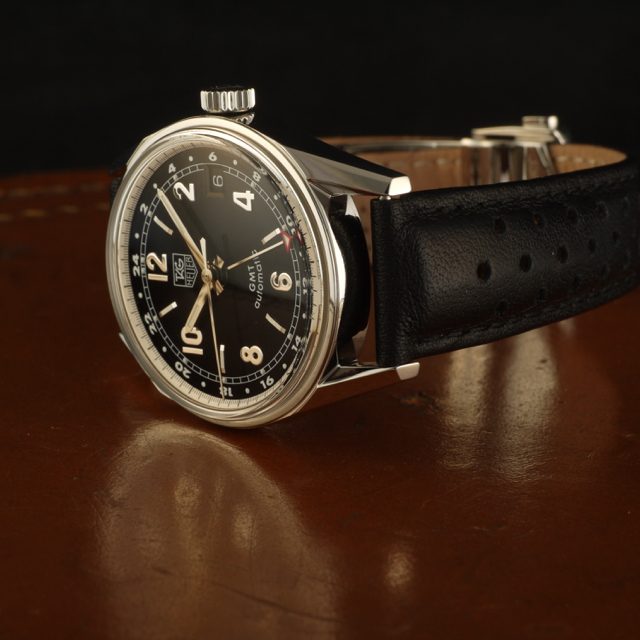
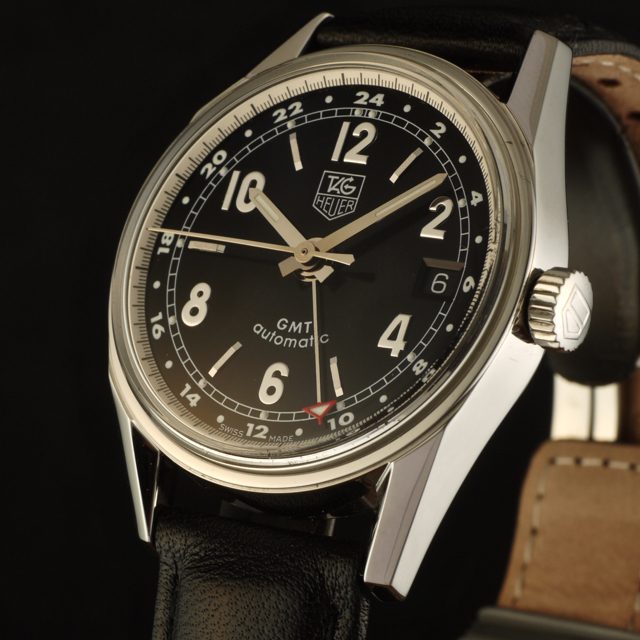
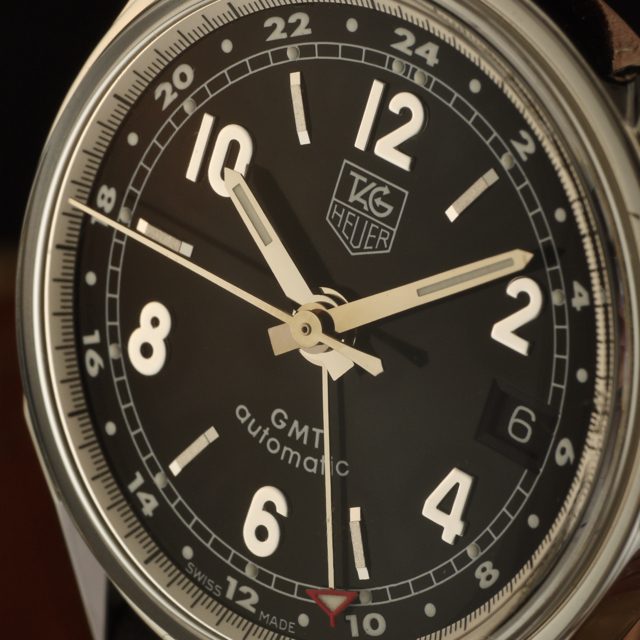
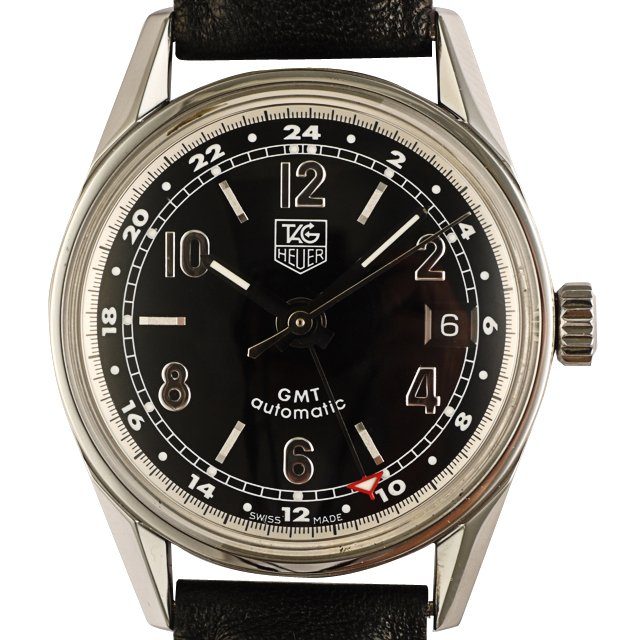
Tag Heuer Carrera GMT
President Bill Clinton announces that accurate GPS access would no longer be restricted to the United States military.2000 Tag Heuer Carrera GMT Twin Time ref. WS2113. Automatic movement cal. ETA 2893-2.
While the Tag Heuer Carrera 1996 re-edition range was faithful to the original 1963 Carrera, the new designs added to the Classics Collection in 2000 were not based on any historic model. There were two variants: a 3-hand watch and a Carrera GMT version. No longer powered by the Lemania 1873 movement, these newer models had ETA Automatic Calibres.
These models were the first sign that TAG Heuer was considering whether the Carrera could be more than just a one-off retro limited edition, as it invested in new designs.
It all started in 1860, with Edouard Heuer setting up a workshop in Bernese, a predominantly French-speaking area of Switzerland close to the French border, a small town even now with a population under 5000. However, it is no stranger to watch companies, having also been where Breitling was founded and has been home to Longines. Of course, those companies were artisan workshops producing small numbers of mostly silver cased pocket watches.
In 1914 Heuer made the first wristwatch for men, they used pocket-watch movements and reflected demand for wristwatches that would only increase during the First World War and after.
1920 was the first time in 8 years that an Olympic Games had been held, following the cancellation of the 1916 Berlin events. Heuer had some prominence as a sports timing company by this point and was pleased to be selected as the official timer of the Antwerp games. This was subsequently extended to the 1924 games in Paris and 1928 in Amsterdam: this cemented the brand marriage between timing and sports.
For today’s collectors, the heyday for Heuer really began in the mid-1930s. I think that’s also probably true for many other brands. Heuer began making pilots chronographs in 35. These were used by Air Force pilots primarily, a lot of them in the German Air Force. For most Heuer collectors, these pilot chronographs from around 1935 are the first real survivors that regularly can be found in the market today.
In the 1960s and 1970s, no brand was more prominent in motorsports timing than Heuer.
In 1985 TAG Group purchased a majority stake in the company, forming TAG Heuer. In 1999 French luxury goods conglomerate LVMH made a friendly takeover offer and bought out nearly 100 percent of the Swiss company.
The name TAG Heuer combines an abbreviation for Techniques dAvant Garde and the founders’ surname Heuer.
